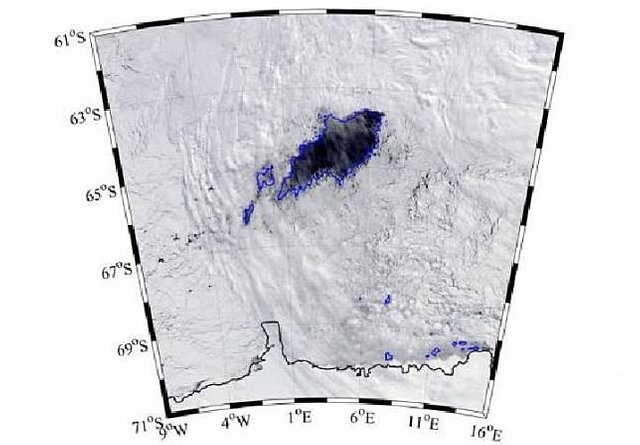The Mystery of the Giant Holes in Antarctica

A Great Lakes hole found in Antarctica makes scientists scratch their heads. Although a substantial hole in the Antarctic ice surface called polynya is common, but its presence is limited in coastal areas.
However, an international team of scientists has discovered a mysterious 31,000 square miles (80,000 square kilometers) - the size of Lake Superior - making it the largest polyureth observed in the Antarctic Weddell Sea, and has puzzled researchers.
"In the depths of winter for more than a month, we have this open water area," said Kent Moore, a professor of atmospheric physics at the University of Toronto Mississauga told National Geographic. "It's amazing that this poly has been gone for four years and then comes back."
The researchers believe that polynya may be formed because deep water in the Southern Ocean becomes warmer and saltier than the water surface.
Sea convection occurs in polynya when warm water comes to the surface and then melts sea ice and prevents the formation of new ice.
A team involving researchers from the University of Toronto and Southern Ocean Carbon and Climate Observations and Modeling (SOCCOM) groups at Princeton University monitored the area with satellite technology and used a robot buoy capable of operating under sea ice to finally release some light into the poly the.
According to researchers from GEOMAR Helmholtz Center for Ocean Research Kiel, who first discovered the polynya, currently in the middle of winter in Antarctica and the Sea Weddell is usually covered by a thick layer of sea ice.
"For us, this ice-free area is an important new data point that we can use to validate our climate models," said Torge Martin, Ph.D., a meteorologist and climate modeler for GEOMAR, in a statement. "The incident after decades also confirms our previous calculations."
Big Mountain Ice in Antarctica Crack, Earth Threatened?
The Antarctic hole first appeared on satellite images on September 9 and researchers said it would be premature to blame the poly in this antartica because of climate change.
wait what!